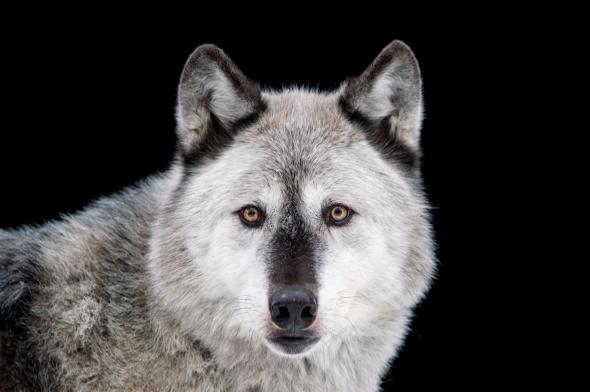Could U.S. Endangered Species Rules Go Extinct?

Once nearly extinct, gray wolves have rebounded in recent years under the Endangered Species Act. In Wisconsin, their numbers grew to around 900 in 2016—a 16 percent increase over the previous year. To James Holte of the Wisconsin Farm Bureau, this is not good news. “As wolf populations continue to increase, interactions between farmers, their livestock, rural residents, and wolves continue to escalate without a remedy in sight,” Holte told lawmakers during a Senate hearing Wednesday on the law. He said farms saw more than $200,000 in damage from attacks and stress on livestock. Foes of the Endangered Species Act now see an opportunity to weaken it under President Donald Trump, who has said the nation’s environmental rules are “out of control.” His temporary freeze on pending regulations prevented first-ever protections for a species of bumblebee from taking effect this month. The 1973 law allows the federal government to protect certain species by designating them as threatened or endangered, preserving habitat and outlawing hunts. It currently protects more than 1,600 plant and animal species. The U.S. Fish and Wildlife Service, which oversees the law’s implementation, acknowledges that the number of species so far deemed robust enough to be taken off the protected list (close to 40) is “relatively modest.” But it has been nearly 100 percent successful at preventing those species from going extinct altogether, and it has allowed others, such as the gray wolf, bald eagle, and American crocodile, to thrive.

